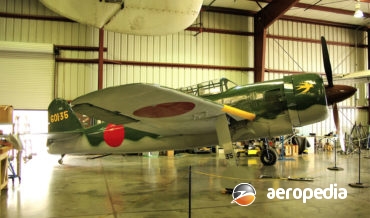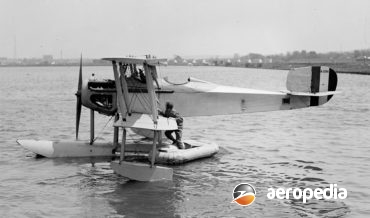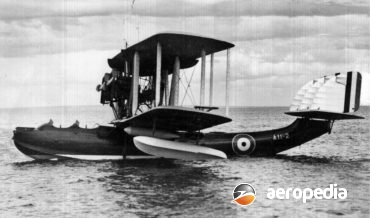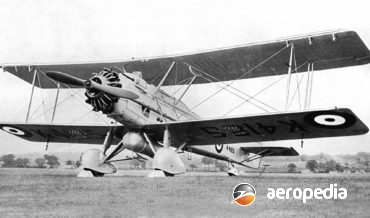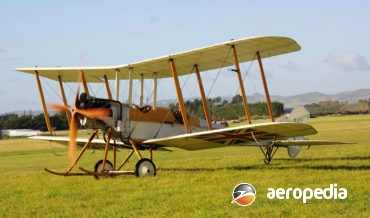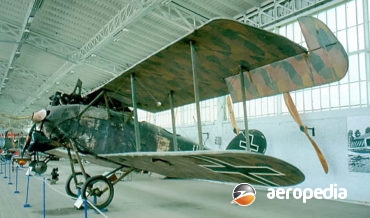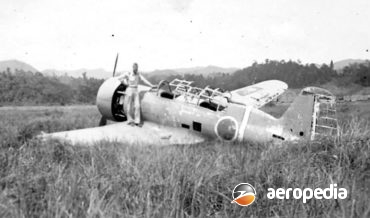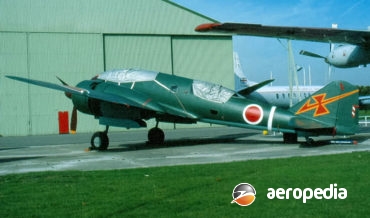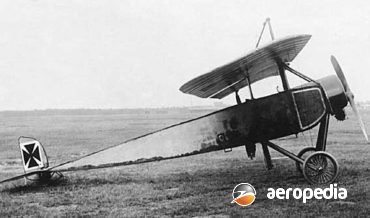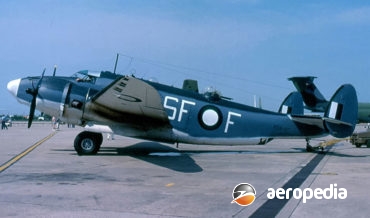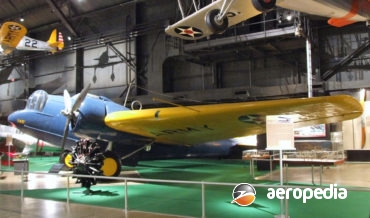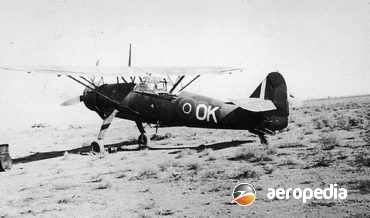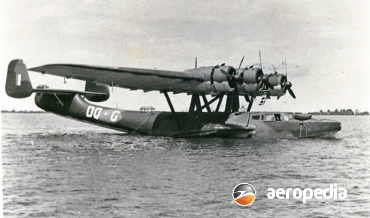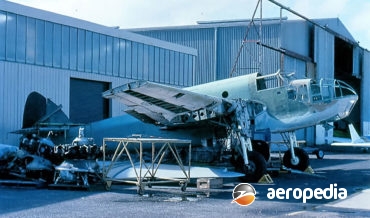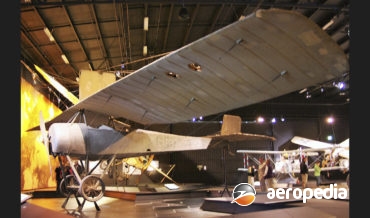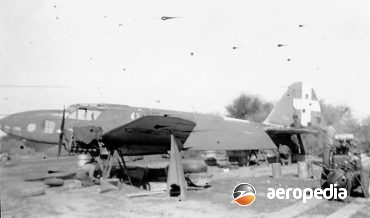All Contents
Contents
In 1938 the Japanese Navy acquired from Germany an example of the Heinkel He 118 (4th prototype) and licence production rights.
David C. Eyre
- May 19, 2019
The Yokosuka E14Y was designed by Mitsuo Yamada of the Dai-Ichi Kaigun Koku Gijitsusho (the First Naval Air Technical Arsenal) as a small submarine-borne two-seat reconnaissance seaplane to operate on twin floats.
David C. Eyre
- May 19, 2019
The Kingfisher was designed in 1957 by Rex Beisel of the Chance Vought Aircraft Division of United Aircraft Corp as a two-seat scout and observation aircraft for the US Navy, with the capability of being launched from catapults on board battleships, cruisers, and a number of destroyers.
David C. Eyre
- May 19, 2019
The VE-7H was a general reconnaissance and communications aircraft designed for the US military by Lewis & Vought of Long Island, New York.
David C. Eyre
- May 19, 2019
Photograph: Supermarine Seagull III A9-6 on Sydney Harbour c 1938 (RAAF Museum) Country of origin: United Kingdom Description: Amphibious reconnaissance biplane Power Plant: One 336 kw (450 hp) Napier Lion twelve-cylinder, broad-arrow, liquid-cooled engine Specifications: Wingspan: 14.0 m (46 ft) Length: 11.27 m (37 ft) Height: 3.65 m (12 ft)
David C. Eyre
- May 19, 2019
The Southampton was designed as a patrol seaplane to replace the Felixtowe F.5, six aircraft being ordered in 1924 before the prototype was built.
David C. Eyre
- May 19, 2019
The Vincent was designed in 1934 by Vickers (Aviation) Ltd of Weybridge in Surrey as a modified variant of the Vildebeest to replace the Westland Wapiti and Fairey IIIF in RAF service.
David C. Eyre
- May 19, 2019
In 1912 the Royal Aircraft Factory (formerly the Army Aircraft Factory) produced the BE.2 with a 52 kw (70-hp) Renault engine.
David C. Eyre
- May 19, 2019
In 1913 the Royal Aircraft Factory at Farnborough commenced the design of a series of aeroplanes suitable for reconnaissance, the aim being to produce a stable machine so the crew could concentrate on the task at hand.
David C. Eyre
- May 19, 2019
The Rumpler C.VIII was developed by Dr Edmund Rumpler from a series of fighters he designed for the German services, stemming from the C.I, C.III, C.IV, early models being known as the Eindecker and the Taube, these being two-seat monoplanes used on reconnaissance flights at the beginning of the War.
David C. Eyre
- May 19, 2019
The Ki-15 /C5M series of light attack bombers stemmed from a private venture of the Mitsubishi Jukogyo concern in the 1930s to produce a modern stressed-skin construction long-range monoplane.
David C. Eyre
- May 19, 2019
One of the most attractive aircraft to be operated during World War II, the Mitsubishi type 100 Command Reconnaissance Aircraft, or Ki-46, was designed by Tomio Kubo from the outset specifically for the strategic reconnaissance role and saw service throughout the Pacific, particularly over Malaya, the Dutch East Indies, New
David C. Eyre
- May 19, 2019
In December 1937 a specification was issued for a ground attack aircraft to be developed from the successful Ki-30 “Ann” light bomber and, designated Ki-51, and known to the allies as “Sonia”, the first or two prototypes was completed in June 1939, the second in August 1939.
David C. Eyre
- May 19, 2019
The Type L was a parasol wing single or two-seat parasol wing fighter designed in 1914 for surveillance and artillery observation, being built by Morane Saulnier with a single machine gun firing through the arc of the propeller, which was protected by armoured deflector wedges.
David C. Eyre
- May 19, 2019
In June 1940 The Vega Aircraft Division of the Lockheed Aircraft Corp at Burbank, California, was awarded a contract by the British Purchasing Commission to supply 875 examples of a new bomber derived from the Lockheed 18 airliner.
David C. Eyre
- May 19, 2019
The Martin Model 123 was designed and built as a private venture, this being an attempt by Glenn L Martin Co to obtain contracts from the US Army for an aircraft to be involved in early bomb-dropping experiments.
David C. Eyre
- May 19, 2019
Following the outbreak of the Korean War in 1950, the USAF found it was in need of a medium bomber and, as designs of bombers by Martin and North American were a long way from introduction to service, the decision was made to build the English Electric Canberra under licence,
David C. Eyre
- May 19, 2019
The Mariner was designed and built by the Glenn L Martin Company of Baltimore, Maryland, to meet a requirement of the US Navy for a long-range patrol flying-boat.
David C. Eyre
- May 19, 2019
The Heinkel He 114 was a two-seat twin float shipboard reconnaissance seaplane built for the German Navy.
David C. Eyre
- May 19, 2019
The Hs 126 was designed by Henschel Flugwerke AG at Schonefeld as an Army co-operation aircraft and was eventually used in the multi-role tactical aircraft role.
David C. Eyre
- May 19, 2019
The DO 24 was a tri motor, high-wing all metal construction cantilever flying boat with sponsons, the latter containing much of the fuel which was fed to gravity tanks in the wings.
David C. Eyre
- May 19, 2019
In the late 1930’s the RAAF was operating a small fleet of Supermarine Seagull V biplanes for reconnaissance, air-sea rescue, and general operations and was having problems keeping the aircraft airworthy. The wings were built of metal and with operations on salt water corrosion was causing problems.
David C. Eyre
- May 19, 2019
Built in relatively small numbers, the Bv 141 reconnaissance aircraft was unusual in being of asymmetrical concept in that the pilot and crew were seated in a nacelle offset to starboard of a boom carrying the engine and tail assembly.
David C. Eyre
- May 19, 2019
In 1935 the British Air Ministry issued specifications for a torpedo bomber and general-reconnaissance/bomber and this led to the Bristol Beaufort, an initial contract for 78 aircraft being placed in August 1936, the prototype flying for the first time on 15 October 1938.
David C. Eyre
- May 19, 2019
Gianni Caproni (1886 – 1957) designed and built his first aeroplane, known as the Ca.1, in 1910 and went on to have a long and distinguished career in aviation, his achievements including designing bombers for the Italian Air Force, his design the Ca.3 being built also in the United States,
David C. Eyre
- May 17, 2019
The Ghibli was a general purpose light reconnaissance bomber of low-wing configuration with a fixed spatted tailwheel undercarriage, a single fin and rudder, and built for the Italian Air force in the mid 1930s.
David C. Eyre
- May 17, 2019
Recent Comments
Archives
Categories
- No categories
Categories
- No categories
Latest Posts
Newsletter

